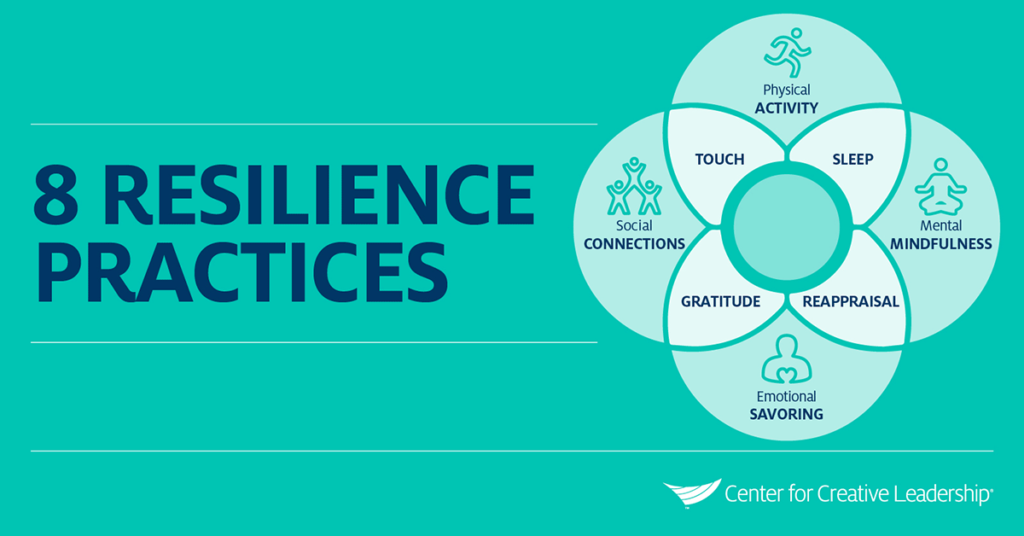The role of a leader is not an easy one. Whether you are leading a team, a company, or an organization, the challenges and pressures can be overwhelming. This is why building resilience is crucial for leaders, as it allows them to navigate through difficult times with strength and agility. In this article, we will explore the importance of resilience in leadership and provide practical tips on how to develop this essential skill.
Understanding Resilience
Resilience can be defined as the ability to bounce back from setbacks, adapt to change, and remain focused in the face of adversity. In the context of leadership, resilience allows leaders to stay calm, composed, and effective when encountering challenges or difficult situations. It enables them to lead their teams towards success, even in the most turbulent times.
Why Resilience Matters in Leadership
Leadership is not a straight path; it is often filled with unexpected twists and turns. From dealing with setbacks and failures to managing conflicts and making tough decisions, resilience is what separates successful leaders from the rest. Here are a few reasons why resilience matters in leadership:
Increased adaptability: Resilient leaders are open to change and can quickly adapt to new situations. They embrace ambiguity and uncertainty, allowing them to find creative and innovative solutions to problems.
Enhanced decision-making: When faced with high-pressure situations, resilient leaders can make grounded and effective decisions. They do not let emotions or stress cloud their judgment but rather use their resilience to stay focused on the task at hand.
Improved team morale: Resilient leaders inspire confidence and optimism in their teams. They act as role models and motivate their followers, even during challenging times, creating a positive and productive work environment.
Greater problem-solving abilities: Resilience allows leaders to see setbacks as opportunities for growth and learning. They approach problems with a positive mindset, seeking solutions rather than dwelling on obstacles.
Developing Resilience as a Leader
Building resilience is not an overnight process; it requires consistent effort and practice. Here are some practical tips on how leaders can develop resilience:
1. Cultivate a growth mindset
A growth mindset is the belief that challenges and failures are opportunities for learning and growth. Embrace setbacks as part of the journey and look for lessons in every situation. Encourage your team to adopt the same mindset, creating a culture of continuous improvement.
2. Build a support network
Having a strong support system is crucial for resilience. Surround yourself with trusted advisors, mentors, and colleagues who can provide guidance and support during tough times. Lean on them for advice and seek their perspective when facing challenges.
3. Foster self-care
Resilience starts from within. Take care of your physical, mental, and emotional well-being. Prioritize self-care activities such as exercise, meditation, and spending quality time with loved ones. When you prioritize your well-being, you are better equipped to handle stress and remain resilient.
4. Practice effective communication
Clear and open communication is essential for building resilience in leadership. Keep your team informed about the challenges you face, share your vision, and listen to their feedback. Transparent communication fosters trust and teamwork, making it easier to overcome obstacles together.
5. Learn from past experiences
Reflect on past experiences where you have demonstrated resilience. What strategies worked well? What could have been done differently? Use these lessons learned to develop a roadmap for building resilience in future challenges.
6. Embrace change
Change is inevitable in leadership. Embrace it rather than resisting it. Be adaptable and flexible, seeking opportunities for growth and improvement. Remember, change often leads to innovation and success.
Conclusion
Building resilience in leadership is essential for navigating through the complexities and challenges that come with the role. The ability to bounce back from setbacks, remain focused, and adapt to change sets resilient leaders apart. By cultivating a growth mindset, building a support network, prioritizing self-care, practicing effective communication, learning from past experiences, and embracing change, leaders can develop their resilience and foster a positive and thriving work environment.
